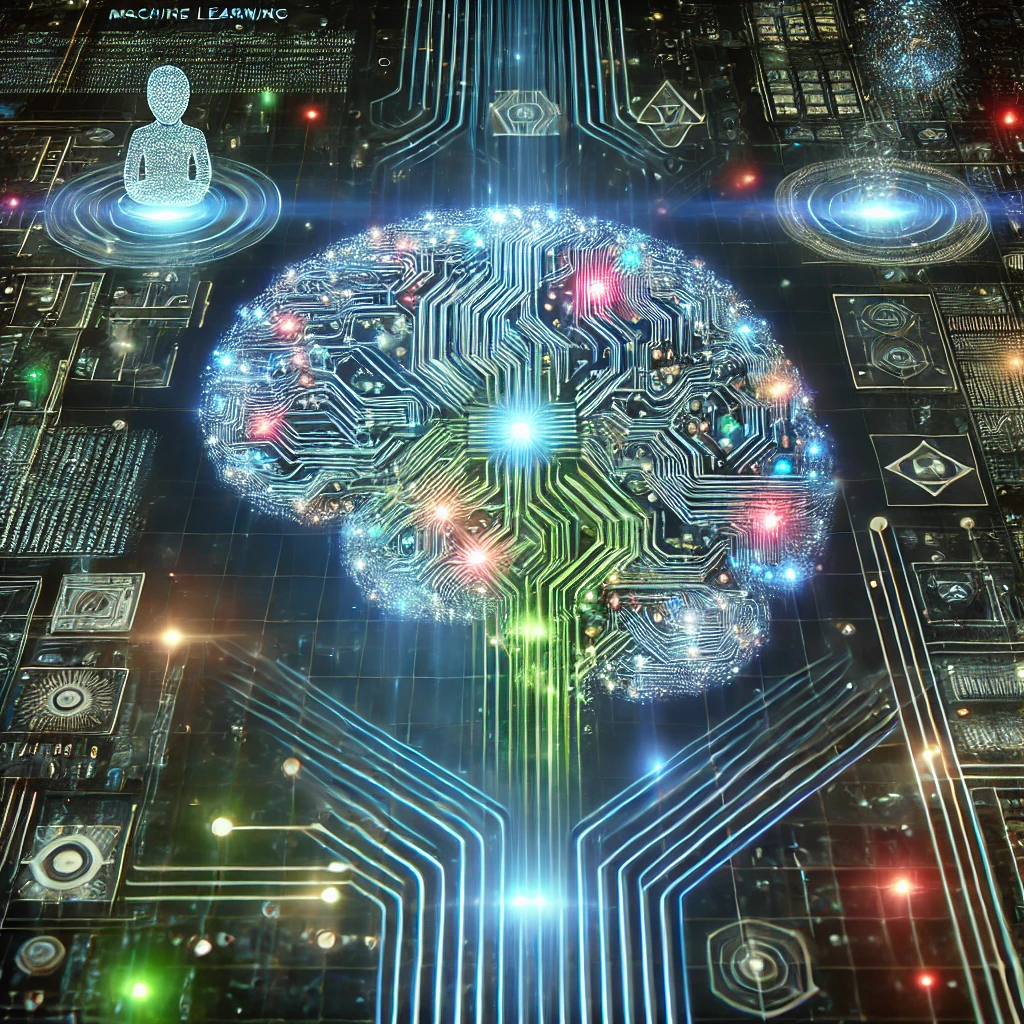AI Security Risks: Understanding and Addressing the Challenges of Artificial Intelligence

Categories:
4 minute read
As artificial intelligence continues to integrate into our daily lives, understanding and addressing AI security risks becomes increasingly crucial. From personal privacy concerns to national security implications, the security challenges posed by AI systems require careful consideration and proactive measures.
Understanding the Landscape of AI Security Risks
System Vulnerabilities
AI systems, like any complex technology, can contain vulnerabilities that malicious actors might exploit. These vulnerabilities often manifest in several key areas:
Data Poisoning
One of the most significant risks to AI systems involves the manipulation of training data. When bad actors introduce corrupted or malicious data into the training process, they can compromise the entire system’s functionality. This can result in:
Biased decision-making
Incorrect classifications
Manipulated outcomes
Compromised system reliability
Model Extraction
Competitors or malicious entities might attempt to steal proprietary AI models through various techniques:
Probing the system with carefully crafted inputs
Analyzing system responses to reconstruct the underlying model
Exploiting API vulnerabilities to extract model parameters
Reverse engineering model architectures
Privacy Concerns
Data Protection
AI systems often require vast amounts of data to function effectively, raising significant privacy concerns:
Personal information collection and storage
Unauthorized data access
Cross-correlation of sensitive information
Potential for identity theft
Unintended data exposure
Surveillance Risks
The powerful capabilities of AI in processing visual and audio data create potential surveillance risks:
Facial recognition misuse
Behavior tracking
Location monitoring
Pattern analysis of personal activities
Unauthorized profiling
Emerging Threats in AI Security
Adversarial Attacks
Sophisticated attackers can manipulate AI systems through adversarial examples:
Subtle modifications to input data that fool AI systems
Exploitation of model weaknesses
Targeted attacks on specific AI functionalities
Evasion of AI-based security systems
Social Engineering Enhancement
AI technologies can be misused to enhance social engineering attacks:
Deepfake creation for impersonation
Automated phishing campaigns
Voice cloning for fraud
Targeted manipulation based on personal data
Impact Across Different Sectors
Financial Services
The financial sector faces particular challenges:
Algorithmic trading manipulation
Fraud detection bypass
Automated financial crimes
Identity theft enhancement
Market manipulation schemes
Healthcare
Medical AI systems present unique security concerns:
Patient data privacy
Diagnostic system manipulation
Treatment recommendation tampering
Medical record security
Insurance fraud automation
Critical Infrastructure
AI security risks in critical infrastructure can have severe consequences:
Power grid vulnerabilities
Transportation system attacks
Communication network disruption
Industrial control system compromise
Emergency service disruption
Mitigation Strategies
Technical Solutions
Robust Model Design
Developing more secure AI systems requires:
Regular security audits
Adversarial training
Input validation
Output verification
Model monitoring
Data Protection Measures
Implementing comprehensive data protection:
Encryption at rest and in transit
Access control systems
Data anonymization
Secure storage solutions
Regular security updates Policy and Governance
Regulatory Compliance
Ensuring AI systems meet security standards:
Industry-specific regulations
Data protection laws
Security certifications
Audit requirements
Compliance monitoring
Risk Management
Developing comprehensive risk management strategies:
Regular risk assessments
Incident response planning
Security testing
Employee training
Vendor assessment
Best Practices for Organizations
Security Framework Implementation
Organizations should establish robust security frameworks:
Regular Security Assessments
Vulnerability scanning
Penetration testing
Code reviews
Architecture analysis
Incident Response Planning
Response team designation
Communication protocols
Recovery procedures
Documentation requirements
Employee Training
Security awareness
Best practices
Threat recognition
Incident reporting Continuous Monitoring and Improvement
Performance Metrics
Tracking security effectiveness through:
Incident response times
Vulnerability detection rates
System uptime
Security breach metrics
Recovery Effectiveness
Adaptation Strategies
Maintaining system security through:
Regular updates
Threat intelligence integration
Security control evolution
Feedback incorporation
Process refinement
Future Considerations
Emerging Technologies
Preparing for new security challenges:
Quantum computing threats
Advanced AI capabilities
New attack vectors
Enhanced automation
Evolving threat landscape
International Cooperation
Addressing global security challenges:
Cross-border collaboration
Information Sharing
Standard development
Joint response planning
Unified security approaches
Conclusion
AI security risks present complex challenges that require ongoing attention and adaptation. As artificial intelligence continues to evolve and integrate more deeply into critical systems, the importance of addressing these security risks becomes increasingly crucial. Organizations must remain vigilant and proactive in their approach to AI security, implementing comprehensive strategies that address both current and emerging threats.
Success in managing AI security risks requires a combination of technical expertise, policy frameworks, and organizational commitment. By understanding these risks and implementing appropriate safeguards, organizations can better protect their AI systems while maintaining their effectiveness and reliability.
The future of AI security will likely bring new challenges, but with proper preparation and ongoing dedication to security principles, organizations can work to ensure their AI systems remain both powerful and secure. As we continue to advance in this field, the balance between innovation and security will remain a critical consideration for all stakeholders involved in AI development and deployment.
Feedback
Was this page helpful?
Glad to hear it! Please tell us how we can improve.
Sorry to hear that. Please tell us how we can improve.